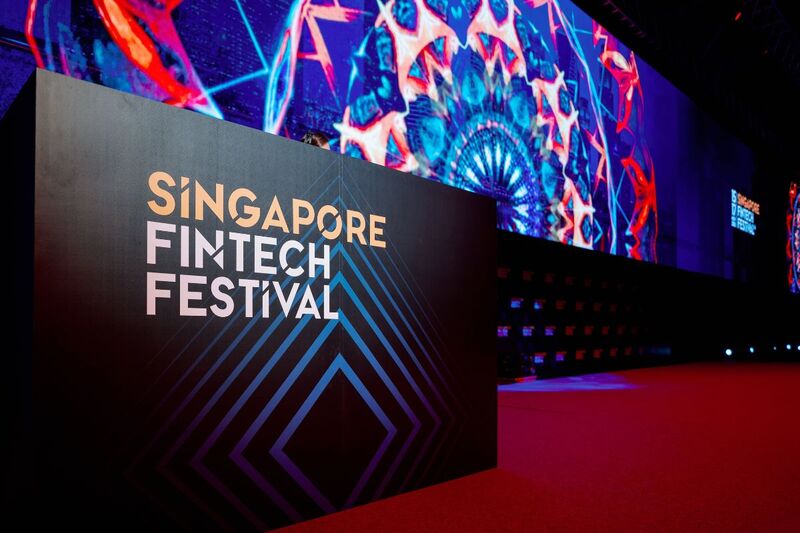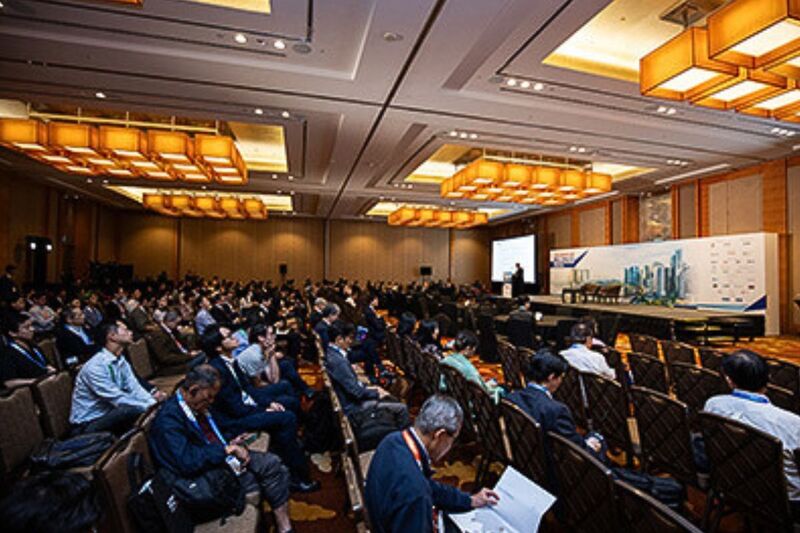ASEAN Leadership 2026: What Singapore Companies Must Prepare For

This article is written in English for readers in Singapore. Chinese and Japanese translations are available on our website.
Introduction: ASEAN’s leadership landscape is changing faster than expected
As Singapore strengthens its position as a regional hub, companies now operate in one of the world’s most dynamic labour markets. ASEAN’s workforce is young, ambitious and increasingly mobile. Workers expect better leaders, faster decision-making, and clearer growth pathways.
Insights from the APAC Workforce Whitepaper 2025 (12,181 respondents) and Reeracoen’s Singapore Salary Guide 2025/2026 show a major shift:
Leadership, not just salary, will determine whether companies can retain and attract top talent in 2026.
This article distils five key leadership trends Singapore companies must prepare for.
1. Cross-border leadership will define competitive advantage
ASEAN is more integrated than ever. Singapore companies often manage teams across Malaysia, Vietnam, Thailand and Indonesia. This requires leaders who can:
- Navigate multicultural environments
- Influence without hierarchy
- Make quick decisions with distributed stakeholders
- Build trust with local teams
Reeracoen placement data shows that demand for regional leadership roles grew by more than 25% year-on-year, especially in HR, operations, supply chain, digital and ESG.
What companies in Singapore should do:
✔ Identify rising stars who can take on cross-border roles
✔ Offer SG–MY–VN–TH rotation opportunities
✔ Provide cross-cultural leadership training
✔ Develop bilingual, regionally fluent managers
Strong ASEAN experience is becoming a top leadership differentiator.
2. Singapore workers expect leaders who balance stability with speed
The APAC Whitepaper found that Singapore workers want leaders who offer:
- Clarity and direction
- Psychological safety
- Transparent communication
But they also expect:
- Empowerment
- Agility in decision-making
- Modern and people-first leadership styles
Workers perform best under leaders who combine operational discipline with innovation and empathy.
What HR teams can do:
✔ Train managers in structured decision-making
✔ Use data for workforce planning and career pathways
✔ Build hybrid leadership models balancing stability and speed
✔ Increase leadership touchpoints to improve engagement
Good leadership is now a key retention tool.
3. Salary expectations & leadership premiums will rise
According to Reeracoen’s Singapore Salary Guide 2025/2026:
– Singapore salary growth (2026 forecast): 4.0–4.3%
– Director+ roles carry 10–12% salary premiums
– Highest leadership demand roles include:
- HR Directors
- Compliance & Risk Leads
- Sustainability & ESG Leaders
- Digital, Data & Product Heads
- Operations / Plant GMs
- Marketing Heads
Workers expect not only competitive salaries but also transparency in career progression.
What companies should do
✔ Benchmark salaries annually
✔ Strengthen leadership development support
✔ Communicate progression clearly
✔ Invest in upskilling and project-based learning
A strong leadership roadmap is now part of talent attraction.
4. Purpose, CSR and meaning matter more than ever
71% of APAC employees value company purpose as a key motivator (Whitepaper 2025).
Top talent — especially Gen Z and millennials — want leaders who communicate:
- Clear mission and long-term purpose
- Commitment to CSR and social responsibility
- Sustainability progress
- People-first values
Leadership authenticity directly influences retention.
What companies can do
✔ Highlight CSR projects in townhalls & performance plans
✔ Allow leaders to communicate purpose regularly
✔ Integrate ESG and community impact into leadership KPIs
Purpose has become a leadership responsibility.
5. Leadership pipelines must be rebuilt — not outsourced
The most successful organisations are now developing talent internally, instead of hiring only senior external candidates.
Reeracoen’s regional analysis shows:
- Companies investing in leadership development see up to 39% higher retention
- Firms with structured succession plans fill Director roles 3× faster
- Organisations with cross-functional rotations show stronger bench strength
Singapore must shift toward long-term leadership capability
Companies should consider:
✔ Leadership academies or internal bootcamps
✔ Cross-functional project attachments
✔ One-year internal rotation programmes
✔ Mentorship from senior leaders
2026 will reward companies with strong leadership pipelines.
Conclusion: Leadership is Singapore’s new competitive edge
The future of work in Singapore demands leaders who:
- Understand ASEAN
- Make decisions quickly
- Inspire purpose
- Build strong teams
- Develop successors early
Companies that strengthen their leadership pipelines now instead of reacting later, will have a clear advantage in hiring, retention and regional growth.
FAQ: Leadership in Singapore 2026
1. What leadership roles are most in demand in 2026?
HR Directors, Compliance & Risk Heads, ESG Leads, Digital/Data/Product Leaders, Marketing Heads and Operations or Plant GMs.
2. Are leadership salaries expected to rise?
Yes. Salary increases are forecast at 4.0–4.3%, with Director+ roles commanding premiums of up to 12%.
3. How can companies prepare rising stars for ASEAN leadership?
Offer rotations, mentorship, cross-cultural training and structured leadership pathways.
4. Do workers expect hybrid work?
Yes. Hybrid models remain a strong preference among Singapore professionals.
Need to Speak With An Expert? We Can Help
👉 Request a confidential leadership consultation with Reeracoen’s Executive Search team.
👉 Explore leadership opportunities across Singapore and ASEAN with Reeracoen.
✅ Final Author Credit
By Valerie Ong (Regional Marketing Manager)
Published by Reeracoen Singapore — a leading recruitment agency in APAC.
Related Articles
- Singapore Salary Guide 2025/2026 — Plan Your 2026 Strategy with Confidence
- Singapore Labour Market 2025 Hiring Slows But Opportunities Rise — What It Means for You
- Upskilling in the Age of AI & Green Jobs: Why Singapore Must Prepare Now
References
- Reeracoen × Rakuten Insight APAC Workforce Whitepaper 2025
- Reeracoen Singapore Salary Guide 2025/2026
- LinkedIn Talent Insights (2024–2025)
- Asian Development Bank labour and workforce trend notes

Disclaimer:
The information provided in our blog articles is intended for general informational purposes only. It is not a substitute for professional advice and should not be relied upon as such.
While we strive to provide accurate and up-to-date information, the ever-evolving nature of certain topics may result in content becoming outdated or inaccurate over time. Therefore, we recommend consulting with qualified professionals or experts in the respective fields for specific advice or guidance. Any actions taken based on the information contained in our blog articles are solely at the reader's discretion and risk. We do not assume any responsibility or liability for any loss, damage, or adverse consequences incurred as a result of such actions.
We may occasionally provide links to external websites or resources for further information or reference. These links are provided for convenience and do not imply endorsement or responsibility for the content or accuracy of these external sources. Our blog articles may also include personal opinions, views, or interpretations of the authors, which do not necessarily reflect the views of our organisation as a whole. We encourage readers to verify the accuracy and relevance of information presented in our blog articles and to seek professional advice when needed. Your use of this website and its content constitutes acceptance of this disclaimer.






